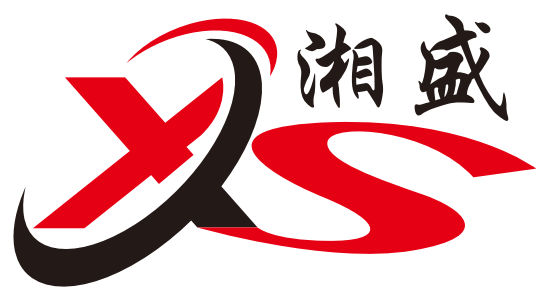Aluminum foil lunch boxes can utilize different processes and key elements for restraint
Release time:
Dec 25,2023
Aluminum foil lunch box is a widely used tableware. The thickness of aluminum foil meal boxes is generally between, and can be divided into two types: wrinkled and wrinkle free. It can also be divided into two types: disposable and reusable. It is often called a tin foil lunch box, but in reality, it is a production process that uses 3 or 8 series aluminum ingots as raw materials, which are cold-rolled or hot-rolled to form aluminum foil master rolls with uniform thickness, smooth surface, no pinholes, and no dust particles. The aluminum foil is then fully automatically cold stamped and formed in one go through equipment and molds.
Aluminum foil lunch boxes are easy to process and shape, convenient for sealing, and ensure food hygiene. Aluminum foil has good formability, and during the stamping process of tableware, even in the wrinkled and curled areas, there will be no cracking or breakage of the aluminum foil food box. Aluminum foils with different shapes, thicknesses, alloys, and heat treatment states can be selected as needed to accurately reflect the product's intended use.
Aluminum foil meal boxes and containers can use lids made of the same aluminum foil material, as well as paper or other materials. By utilizing its easy deformation and wrinkling characteristics, it can achieve good sealing, strong insulation and preservation capabilities, and avoid scattering or contamination during food storage and transportation. For large food delivery enterprises and kitchen delivery, automatic sealing equipment developed by aluminum foil meal box production enterprises can be used to improve delivery efficiency, The effect is significantly better than other material lunch boxes.
Although aluminum foil meal boxes have many advantages, so far, compared to the vast catering and food packaging material market in China, aluminum foil meal boxes and containers are still far from being fully promoted and applied in the market. There are many reasons that can lead to this situation, among which price factors, consumer cognitive ability, convenience in market sales and delivery are key factors:
In the case that some catering enterprises are in market competition, in order to control costs well, low resistance PU foam lunch boxes and other plastic lunch boxes with poor quality should be preferred. Aluminum foil lunch boxes are considered high-end products in many companies and consumers, and can only be used on flights.
Secondly, consumers have little knowledge about the advantages of aluminum foil packaging, the protection of their physical and mental health, and the pursuit of sustainability, and their awareness and habits of application have not been formed. Many consumers and restaurant owners have this misconception: they are worried that using aluminum foil meal box containers will lead to "aluminum poisoning". Aluminum contains harmful substances such as heavy metals. Isn't it true that there is a high-density air oxide layer on the surface of aluminum foil, and the organic chemical properties of this air oxide layer are relatively smooth. As long as it is not in a strong alkaline natural environment, it is difficult to precipitate aluminum ions, All normal raw materials and production processes should use this organic chemical property. Aluminum foil lunch box






